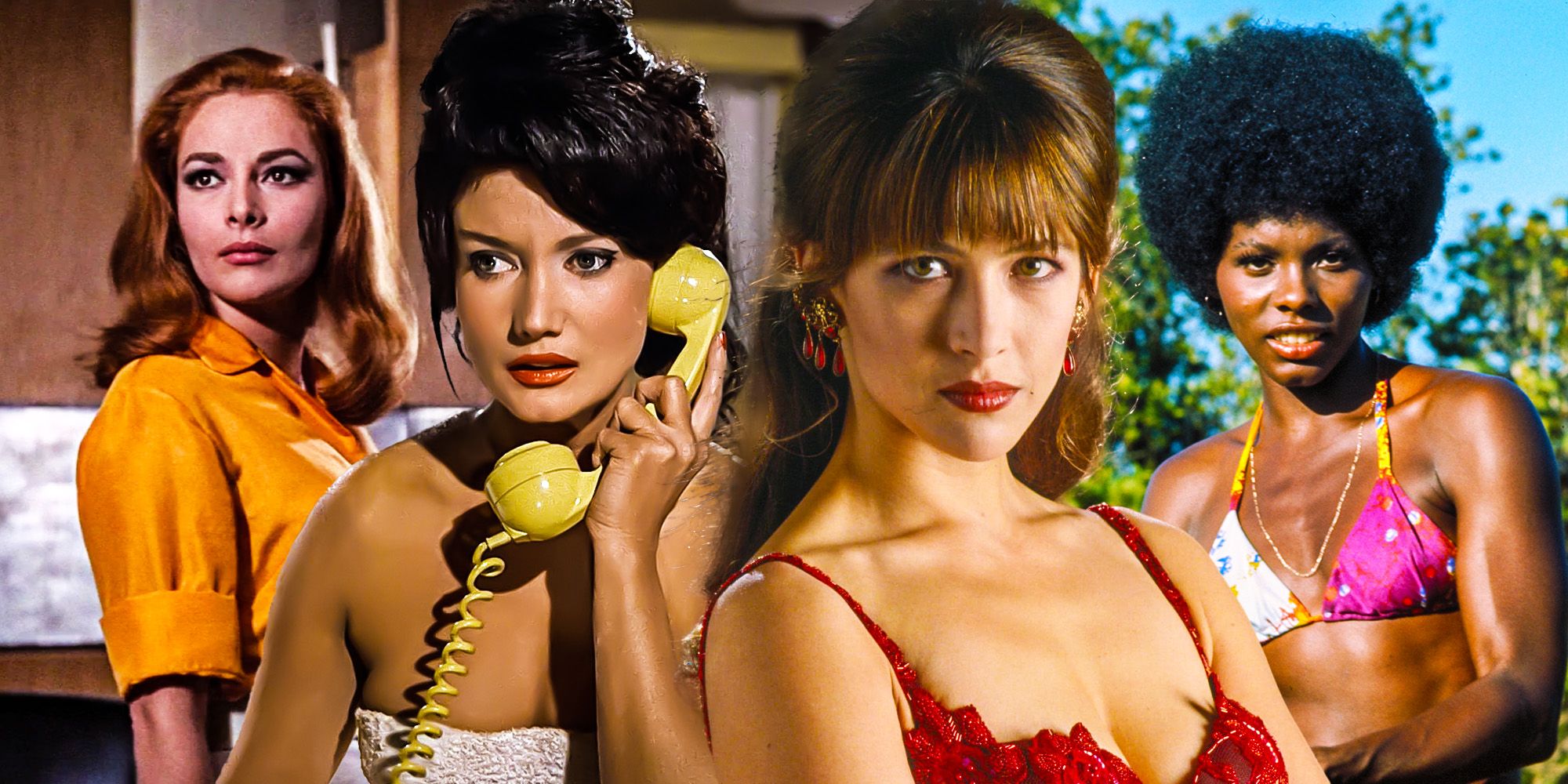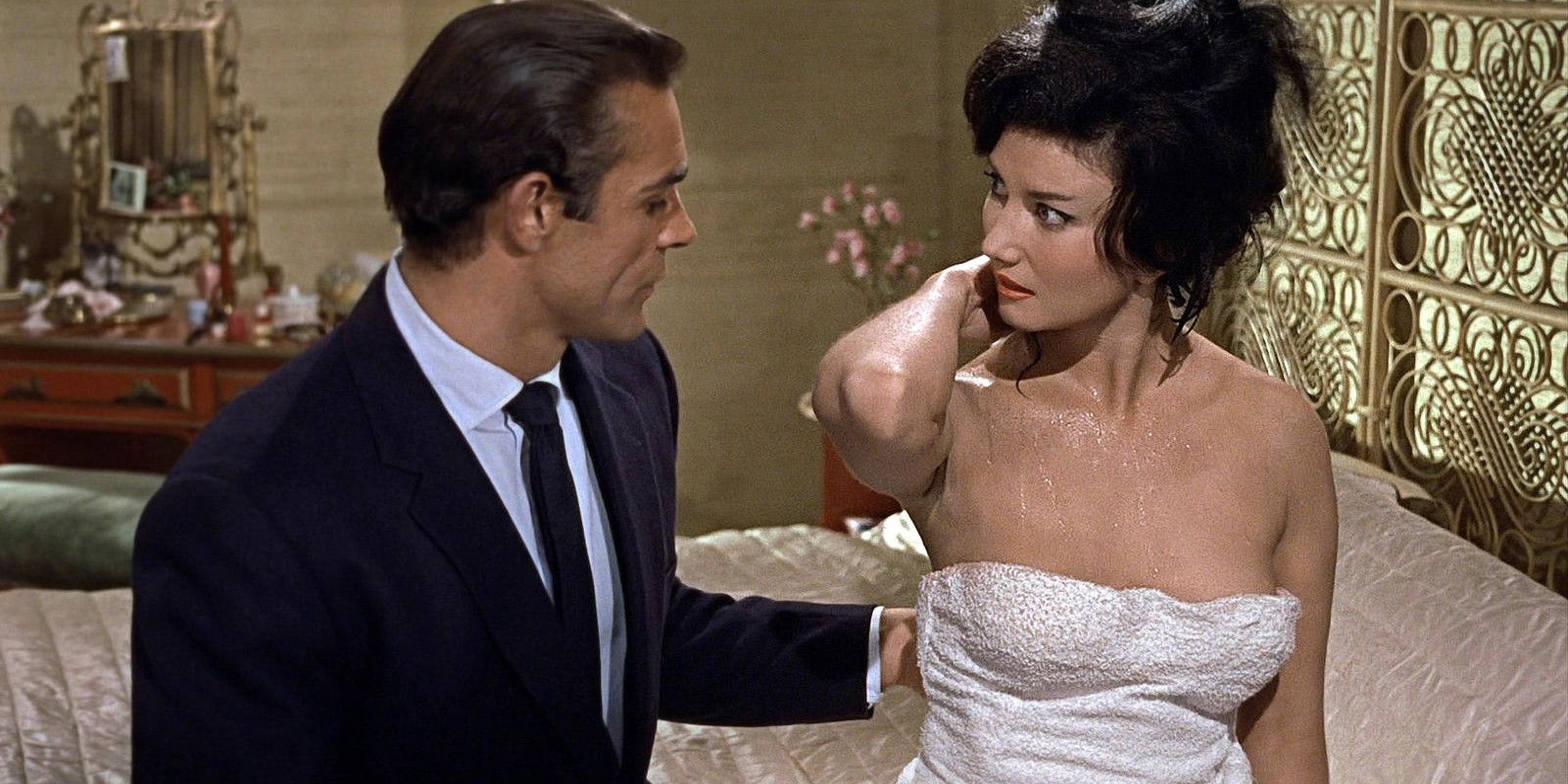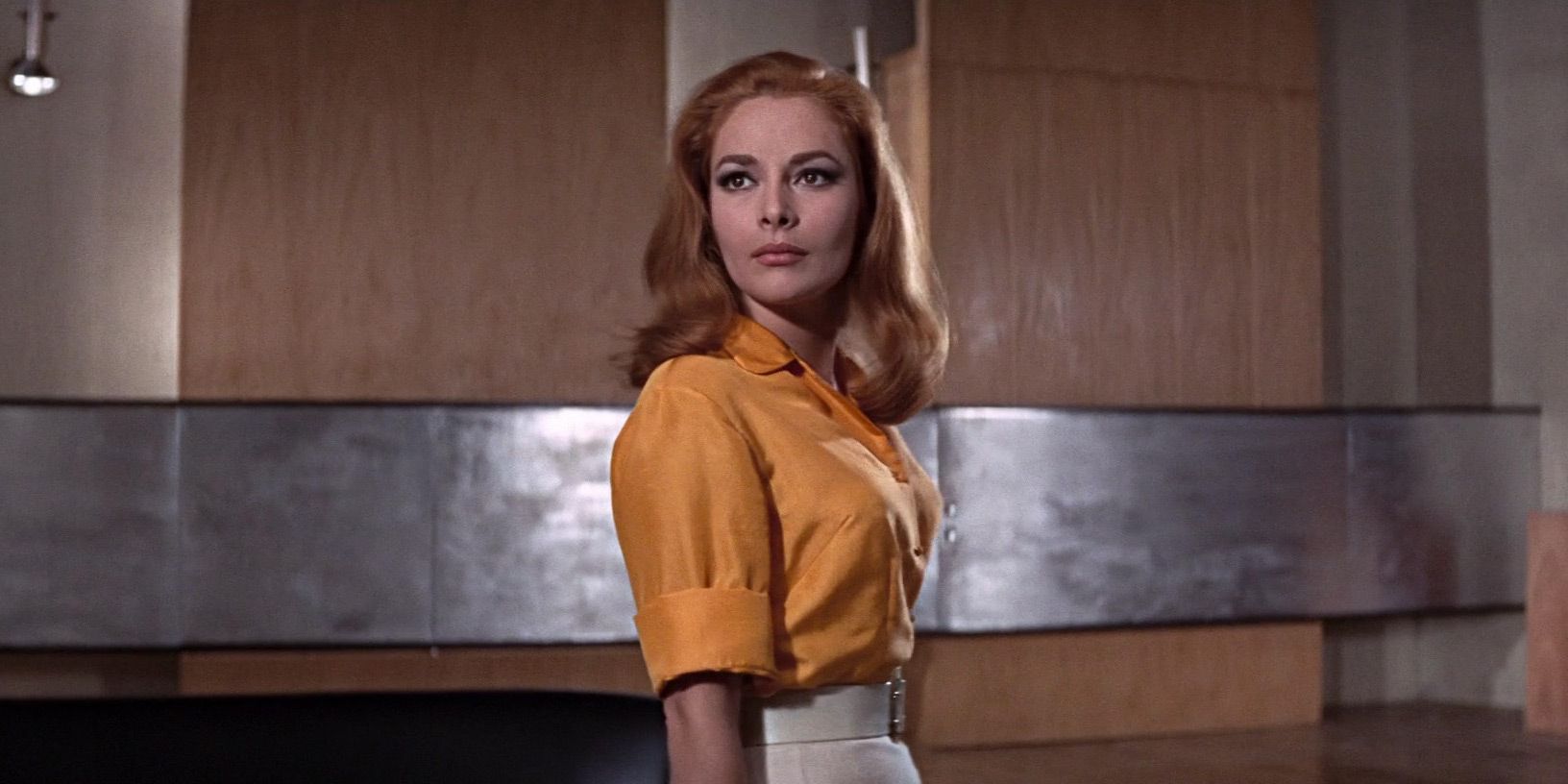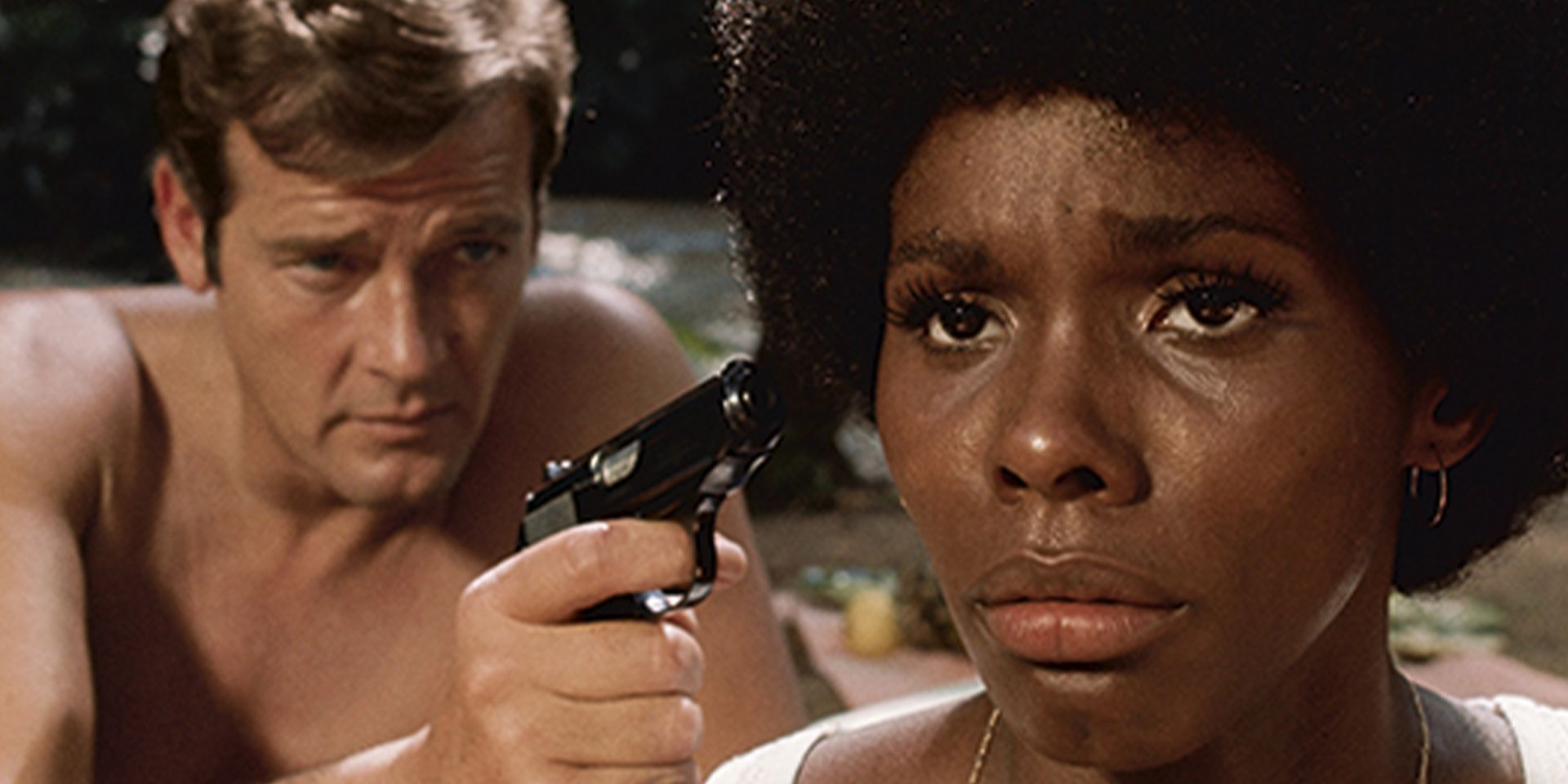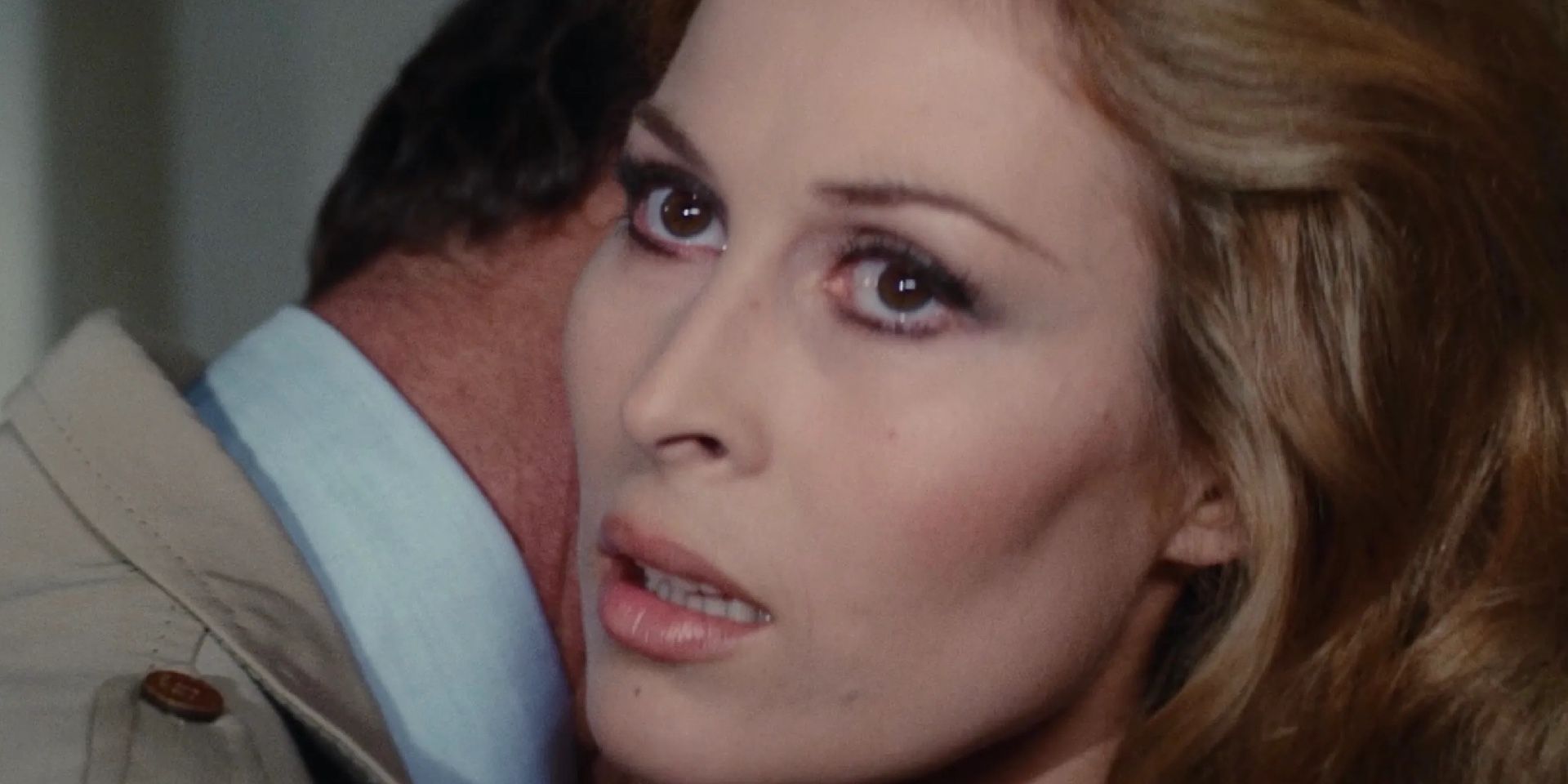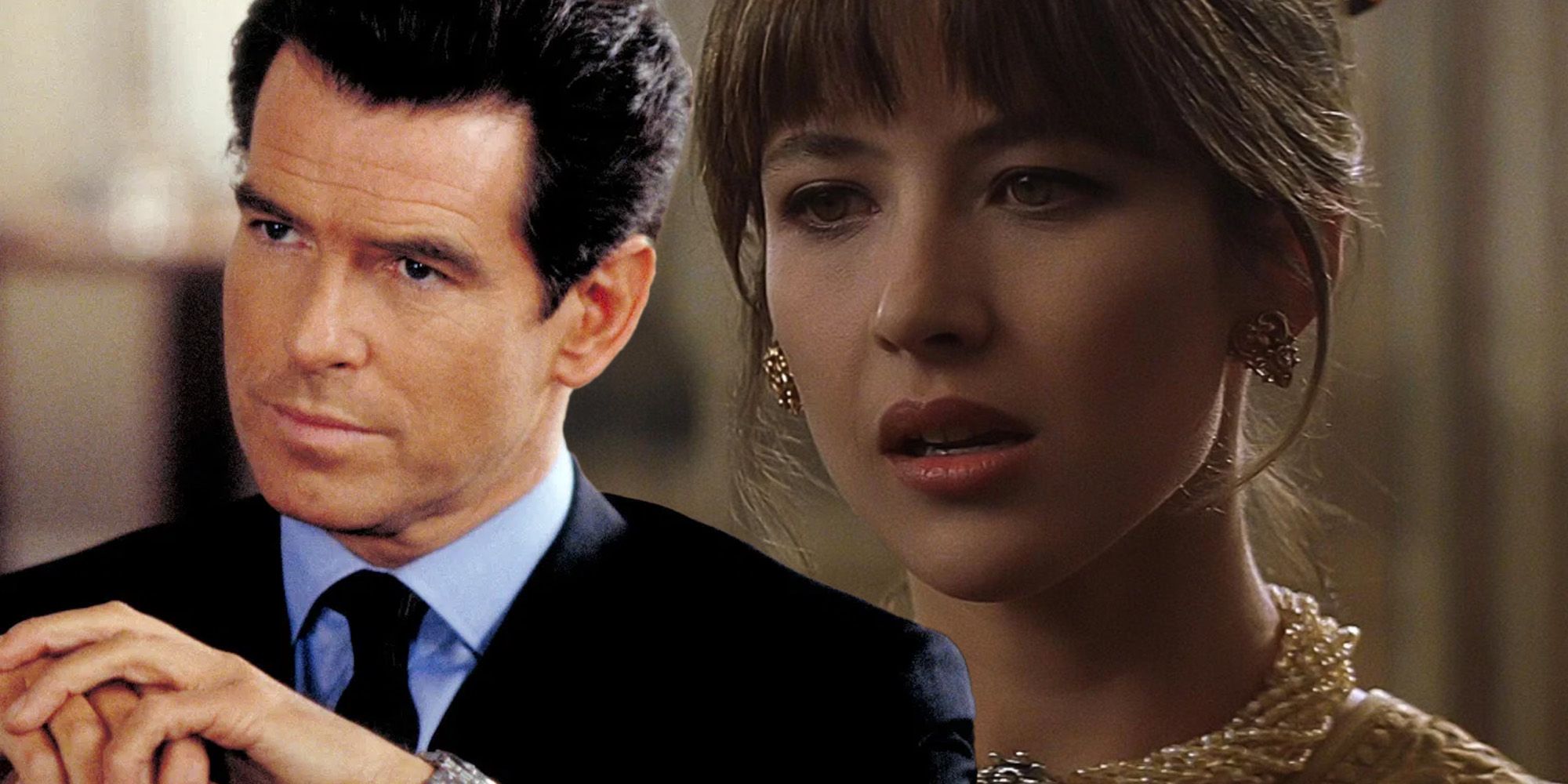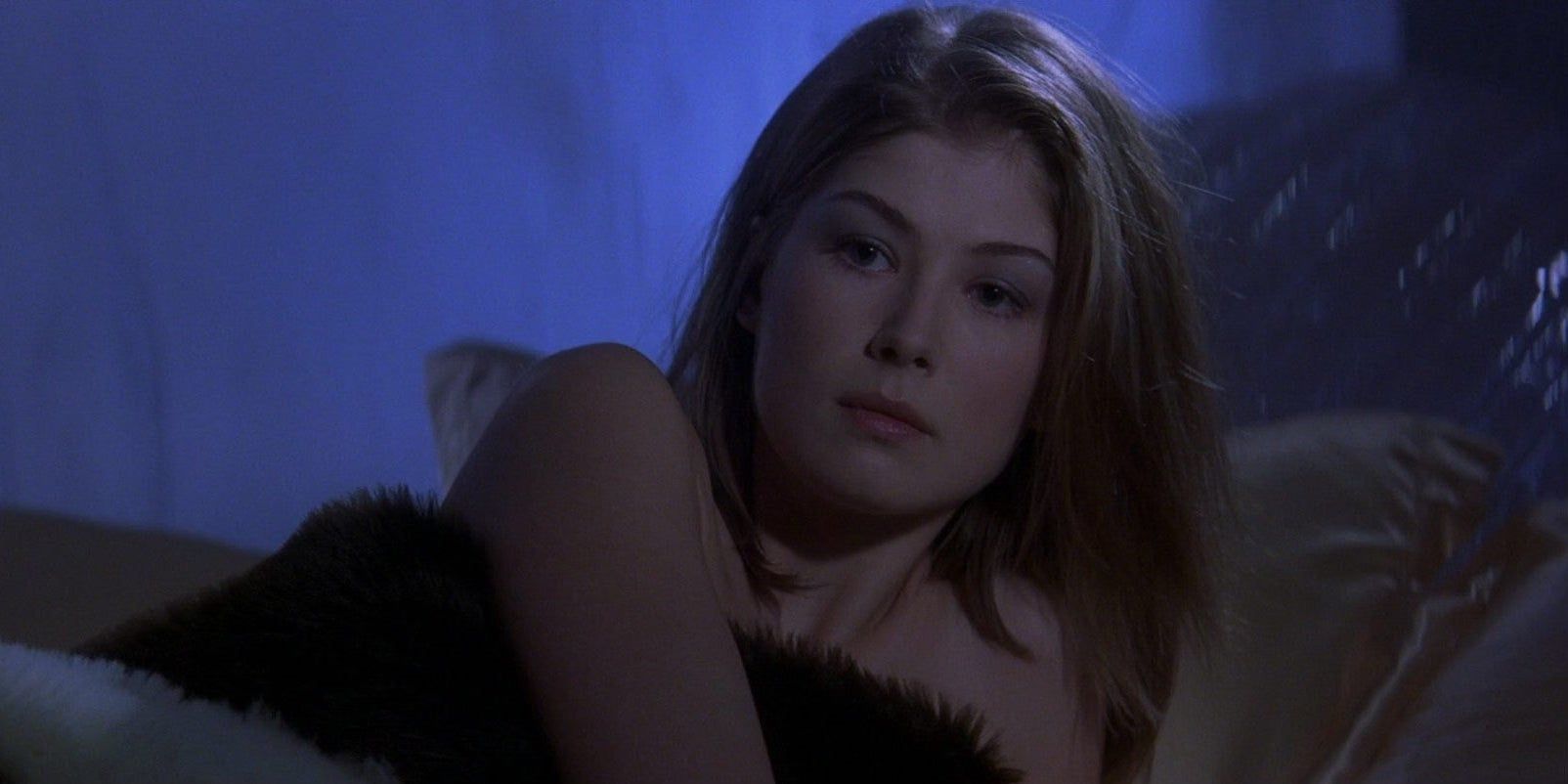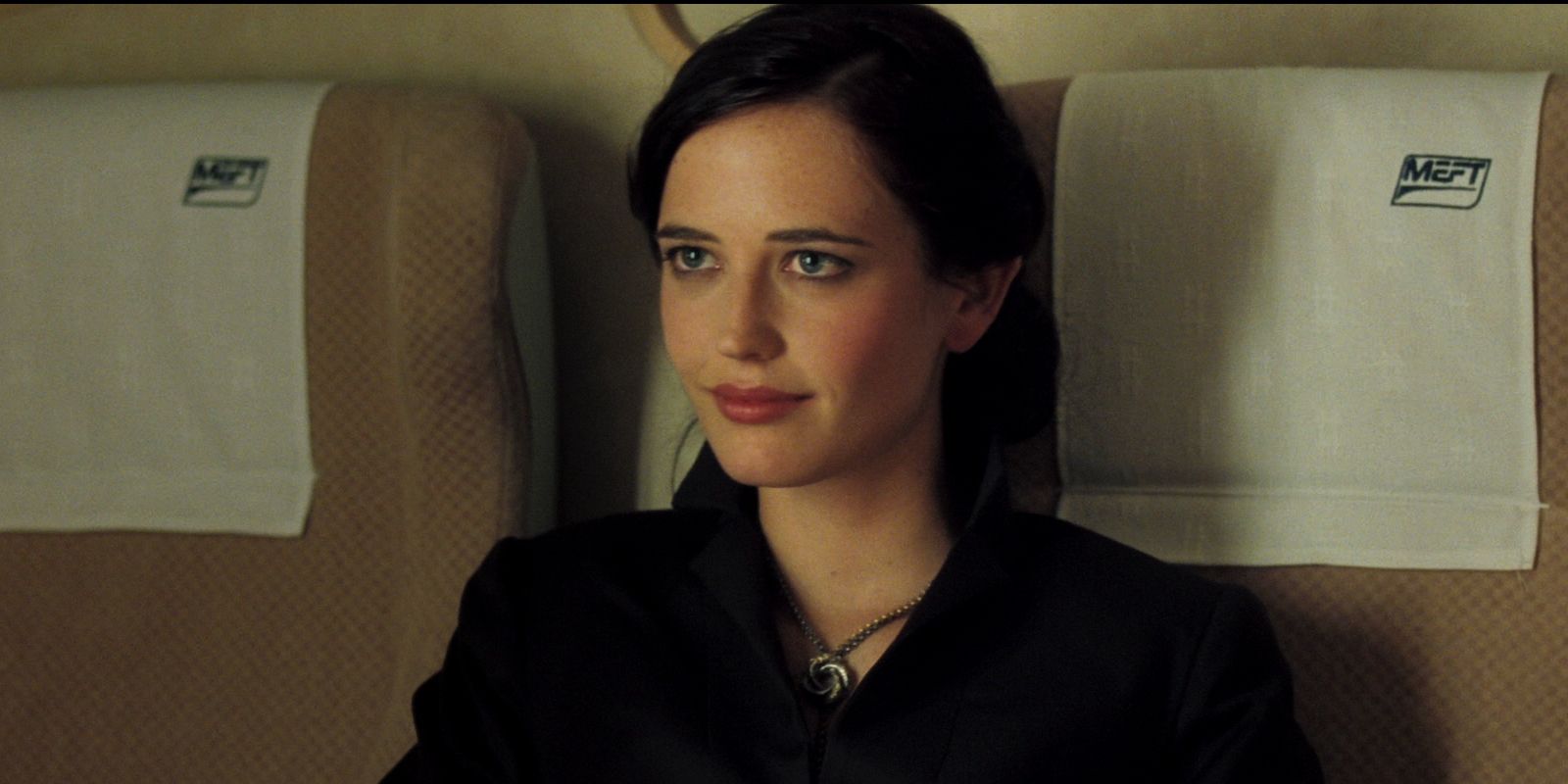While Bond girls are a long-running 007 franchise staple, so is the recurring trope of these short-lived heroines betraying James Bond—and there’s a reason for that. Since the James Bond franchise began in 1962 with Dr. No, the Bond movies have become synonymous with a handful of iconic spy movie tropes. Intrinsically, James Bond wouldn’t be James Bond without his killer one-liners, his rogue’s gallery of campy, goofy villains, or his endless arsenal of high-tech gadgets courtesy of Q.
Yet perhaps the most famous and controversial of these tropes is the infamous idea of the Bond girl. Whether the next Bond is Henry Golding, Idris Elba, or Tom Hardy, the latest 007 will almost certainly encounter a bevy of beautiful women in his next adventure. While later Daniel Craig Bond entries such as No Time To Die dispensed with Bond's archaic womanizing sensibilities, there is no escaping the fact that, canonically, James Bond has slept with over fifty women - and an alarming number of them have betrayed him after the fact.
The reasoning behind Bond going through so many love interests is obvious from a marketing standpoint. A string of stunning co-stars keeps up the Bond franchise's glamorous veneer, while the fact that Bond never settles down with any specific love interest means he’s always free to go on another adventure when the next sequel comes around. Settling down, getting married, and having children (like Bond’s largely forgotten canon son James Suzuki) detract from the spy’s status as an aspirational, over-the-top, almost superhuman character that defined the ideal male aesthetic for generations. However, the reason why so many of Bond’s love interests betray him is harder to pinpoint, as proven by a look back on the character’s tumultuous love life.
Miss Taro—Dr. No
The earliest instance of a Bond girl seducing the spy before attempting to kill him dates back to the first movie in the franchise. The James Bond series started as it intended to go on, and while the idea of a beautiful woman being used to bait a spy into a trap wasn’t exactly new in the early 60s, Miss Taro’s (Zena Marshall) failed attempt to have 007 killed did establish that even the spy’s love interests couldn’t be trusted canonically. As such, this instance of the trope can be chalked up to Dr. No showing that Sean Connery’s taciturn version of Bond was right to be as paranoid as he seemed.
Helga Brandt—You Only Live Twice
As the James Bond franchise wore on, there were many more instances of Bond girls almost getting the spy killed. However, the only lovers listed here are those that intentionally attempted to seduce Bond so that they or their associates could kill him. You Only Live Twice’s later Bond girl, Kissy Suzuki (Mie Hama), was the one that bore him his aforementioned canon son, but it was her ill-fated associate Helga Brandt (Karin Dor) who betrayed Bond in the 1967 outing. Brandt famously ended up falling into a tank of piranha when her attempts to seduce and kill Bond failed, providing You Only Live Twice’s movie adaptation with one of the franchise’s enduringly iconic images.
Rosie Carver—Live and Let Die
By the time Roger Moore took over the role of James Bond from George Lazenby, the latter’s attempts to give 007 a soul were well and truly forgotten. The murder of Tracy Bond, the character’s short-lived bride, gave the preceding movie an atypically devastating end for a Bond adventure. However, it was back to business as usual when Moore’s goofier Bond partnered up with a Southern sheriff to take down the drug smuggler Kananga. Rosie Carver (Gloria Hendry) was supposedly a CIA agent but turned out to be working for Kananga and bit the bullet after betraying Bond. Live and Let Die’s Kanaga (Yaphet Kotto) killing his spy proved that even Bond’s supposed allies in the CIA could be infiltrated by his many nemeses, reaffirming that the spy’s persistent paranoia was well placed even in the franchise’s silliest outings.
Felicca—The Spy Who Loved Me
If the Connery-era Bond movies justified 007’s paranoia by having a handful of women betray him, Moore’s time in the role took this trope from the sublime to the ridiculous. Not only did 1977’s The Spy Who Loved Me feature Felicca (Olga Bisera), a would-be seductress who ends up dead after failing to assassinate Bond, but the movie also threw in a nameless conquest who 007 leaves behind in a log cabin during The Spy Who Loved Me’s opening moments. The second that Roger Moore’s Bond exits the cabin, she’s on the phone to her Soviet employers, much like an unnamed air hostess that Bond encounters in the opening of Moonraker, who pulls a gun on the suave super-spy the second things get intimate.
Elektra King—The World Is Not Enough
The Roger Moore movies took the Bond girl betrayal trope to ludicrous extremes and made 007’s paranoia turn from justified to overtly misogynistic. The Brosnan era, in contrast, tried to repurpose some of the more cringe-worthy and outdated elements of the James Bond franchise in an attempt to keep the character relevant. Some of these attempts, like Judi Dench’s version of M calling the character a "misogynistic dinosaur" and a "relic of the Cold War", were successful. Yet others, like the twist revelation that The World Is Not Enough’s Elektra King (Sophie Marceau) wasn’t a standard Bond girl betraying the spy but secretly the movie’s main villain only reinforced the franchise’s hoariest old conventions.
Miranda Frost—Die Another Day
By the time 2002’s Die Another Day arrived, Brosnan’s Bond was no longer trying to reinvent the wheel. As such, it was not a surprise when Rosamund Pike’s icy Miranda Frost turned out to be the one responsible for the character’s stint in prison despite her briefly seeming to love Bond. However, while Die Another Day did indulge in this tired trope, it also featured Halle Berry’s Jinx, the toughest and most independent Bond girl that the franchise conjured until No Time To Die's scene-stealing Paloma (Ana de Armas) arrived on the scene in 2021.
Vesper Lynd—Casino Royale
It wasn’t until 2006’s Casino Royale that Bond fans finally found out why 007 has been so historically unlucky in love and, more specifically, why so many of his enemies opted to use beautiful women as bait for the character. The answer was worth the wait, though, as it is a surprisingly devastating one. It turns out that Bond, despite his steely exterior, is a romantic at heart and authentically fell for the first woman to seduce and betray him, Vesper Lynd (Eva Green). Lynd’s actions in Casino Royale essentially root Bond’s distrust of women in something more personal and poignant than the standard paranoia of most movie spies. Despite enduring a brutal torture scene during Casino Royale’s runtime, the harshest blow dealt to James Bond during his dark origin story is the revelation that his first love betrayed him so spectacularly to SPECTRE. In this way, it is little wonder that almost every subsequent Bond villain tried to exploit 007’s biggest weakness.

